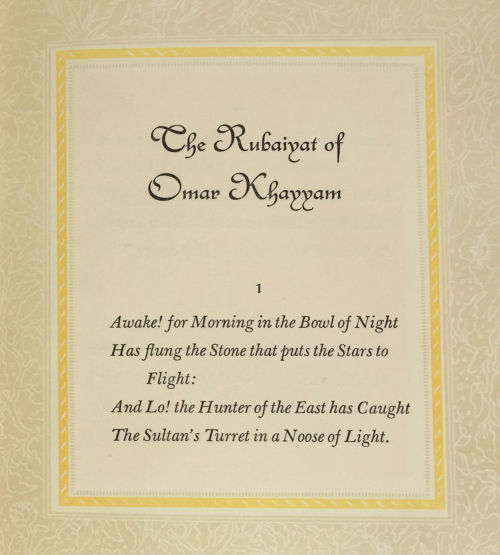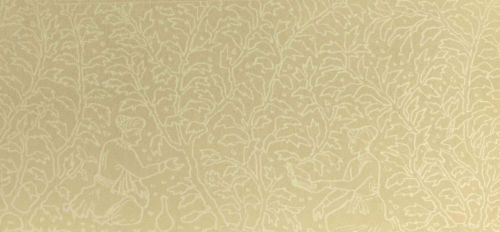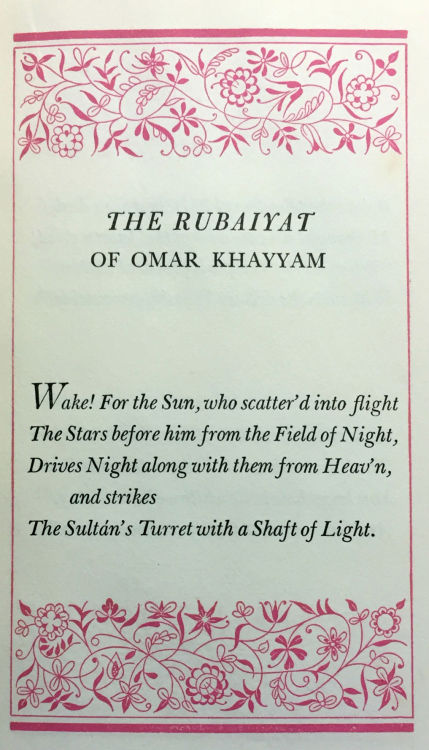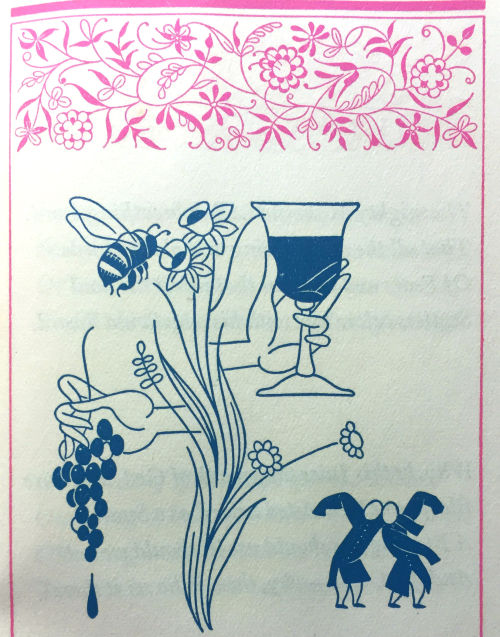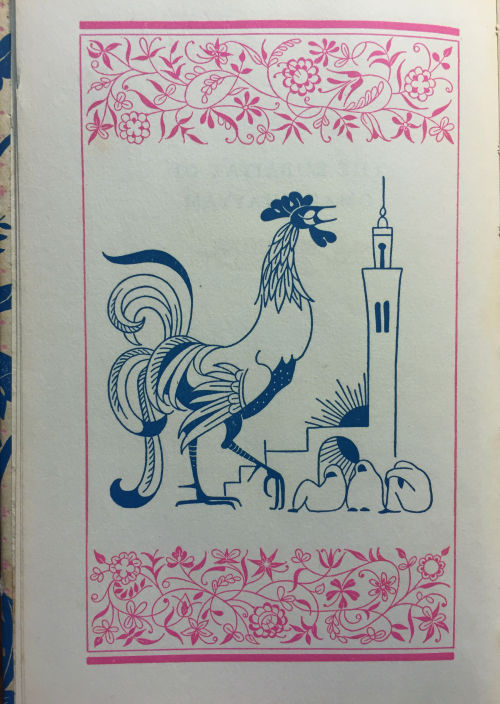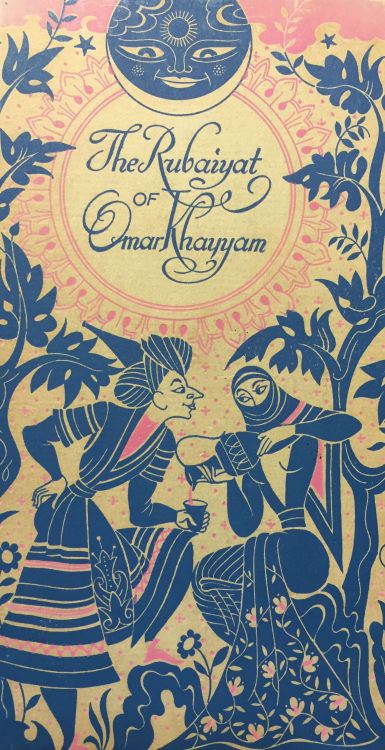#peter pauper press
TheRubaiyat of Omar Khayyam is one of the most famous works of Persian literature. These two editions are from the Peter Pauper Press. The first (1940) is illustrated by Paul McPharlin with border designs by Carl Cobbledick, who was inspired by ancient Persian manuscripts. The other (1949) is illustrated by Vera Bock, a Russian illustrator. These translations were both done by Edward Fitzgerald, but the McPharlin/Cobbledick edition is from Fitzgerald’s first-edition text, while the Bock is from the fourth edition. These are just two of the many beautiful editions of the Rubaiyat!
Newberry call number: Wing ZP 983 .P4534
Newberry call number: Wing ZP 983 .P46255
Post link
Hi everyone! It’s 11 days into the New Year, and this is my very first post for it. I spent my extensive Christmas holiday researching planners, notebooks and discovering the bullet journal system: the analog system for the digital age.
The problem I had with my moleskine planners in the past was that it didn’t offer enough customization for me and I’d waste a lot of pages. I decided that this year I wanted to buy a plain notebook and create a planner that works best for me. The bullet journal system created by Ryder Carroll gave me a starting point to work with, but I foresaw that it wouldn’t be a perfect fit for me either.
I’m still in the process of looking at the framework of his system as well as inspiration from other journalists to create my own personalized system. In combining both, my planner will be a combination of text and colour based organization.
I love how simplistic Ryder’s system is, but some of the lists - like the future log, although only meant to be an overview of the next few months, didn’t provide me a good sense of what the near future would actually look like. I really liked the verticality of Ryder’s monthly log, but I also found that only one event per day really limited me. I know the purpose of both these logs is to narrow down what is most important, but I personally like to have a more complete picture.
My solution for these 2 issues, was to combine the ideas of a monthly and future log - and in a more visual way as well because I’m definitely a visual learner. Haha. I’ve created consecutive spreads for January, February, March and April (1/3 of the year).
Since it’s my last semester of school, this is a perfect time frame for me to see what’s next (my version of the future log). In each spread, I have a deadlines section to list out important dates with their corresponding project title (my version of the monthly log). I adapted the monthly log list this way because it gives me more freedom to extend the list and also to repeat days where there is more than one task. Also, I got some major inspiration from @hayley-studies.
It’s definitely still a work-in-progress, but I’m super excited!
Post link



